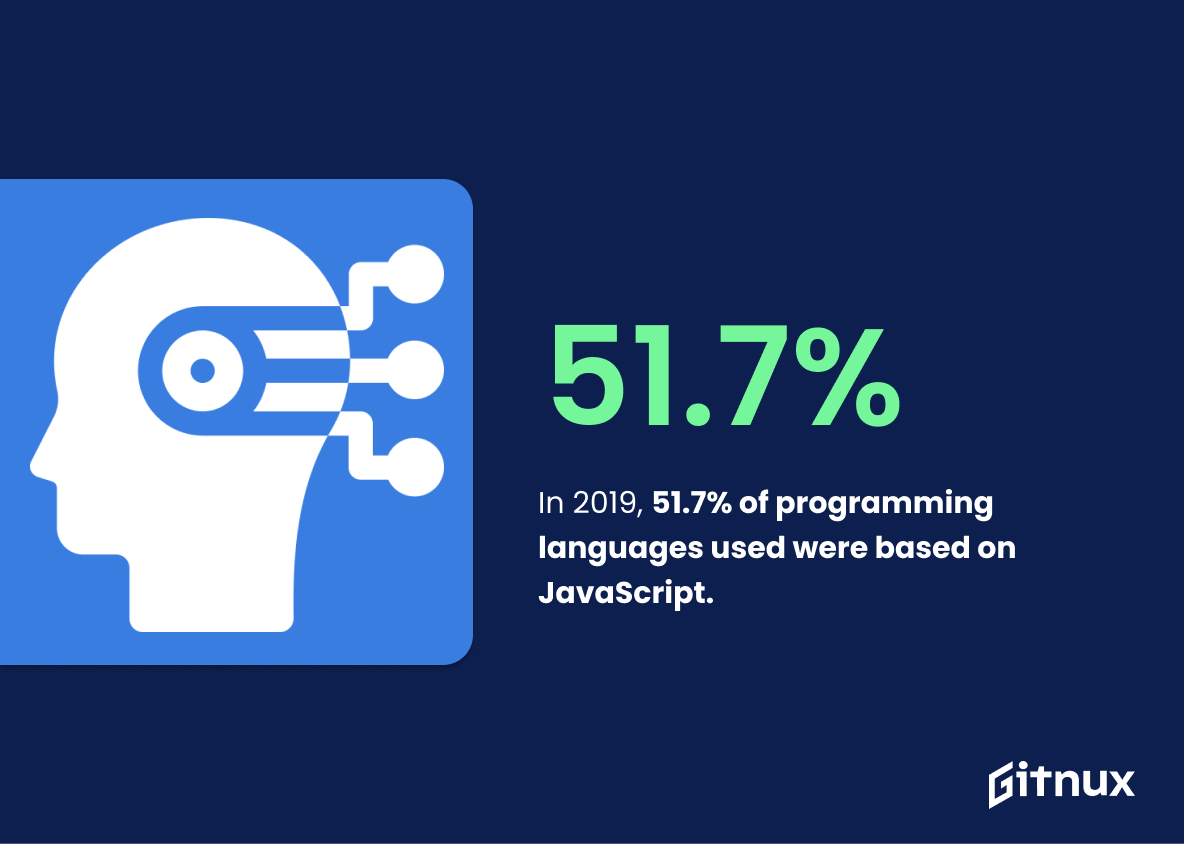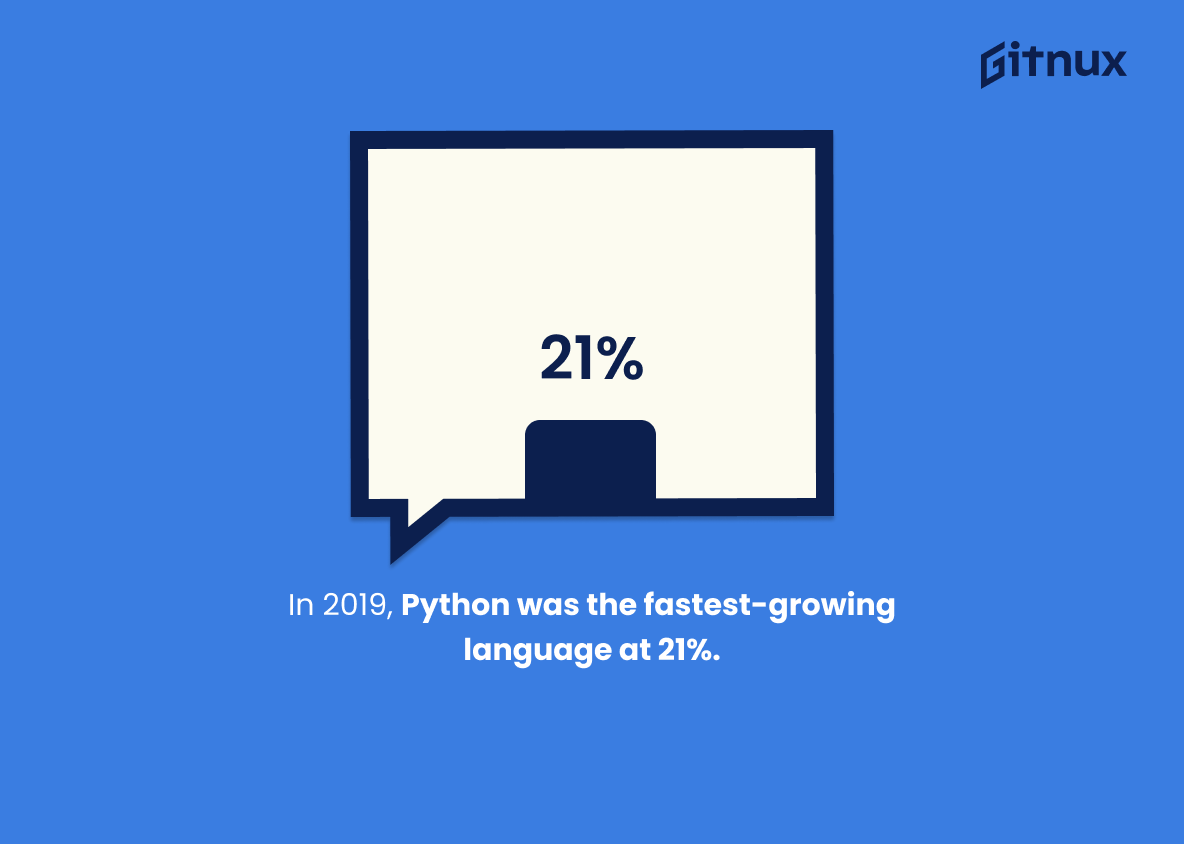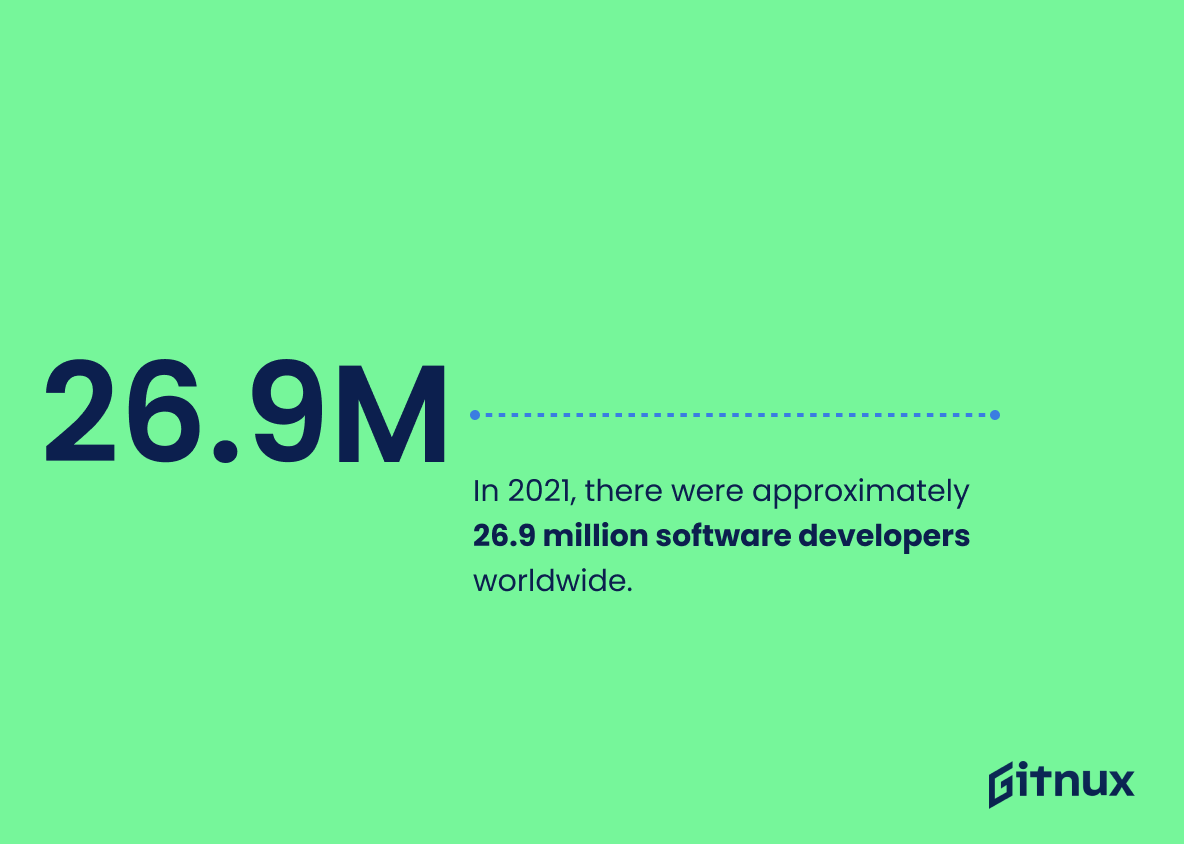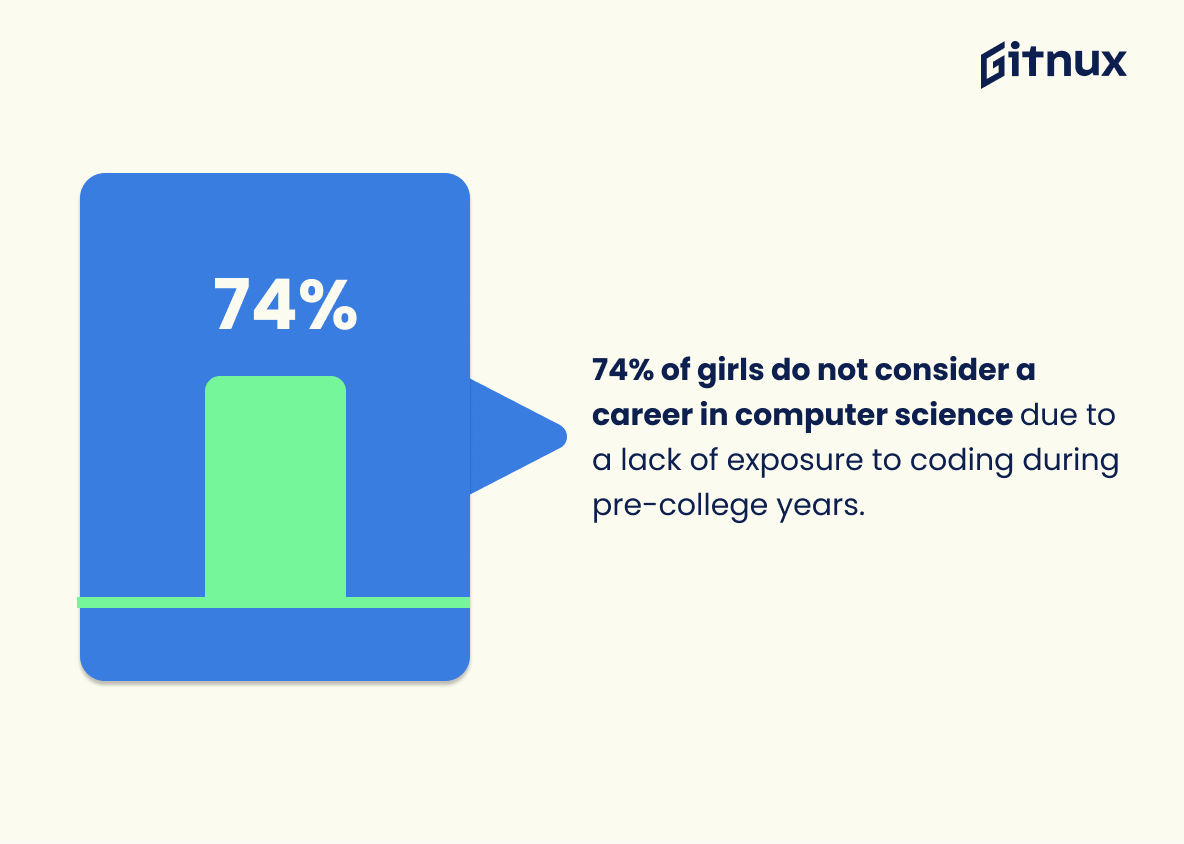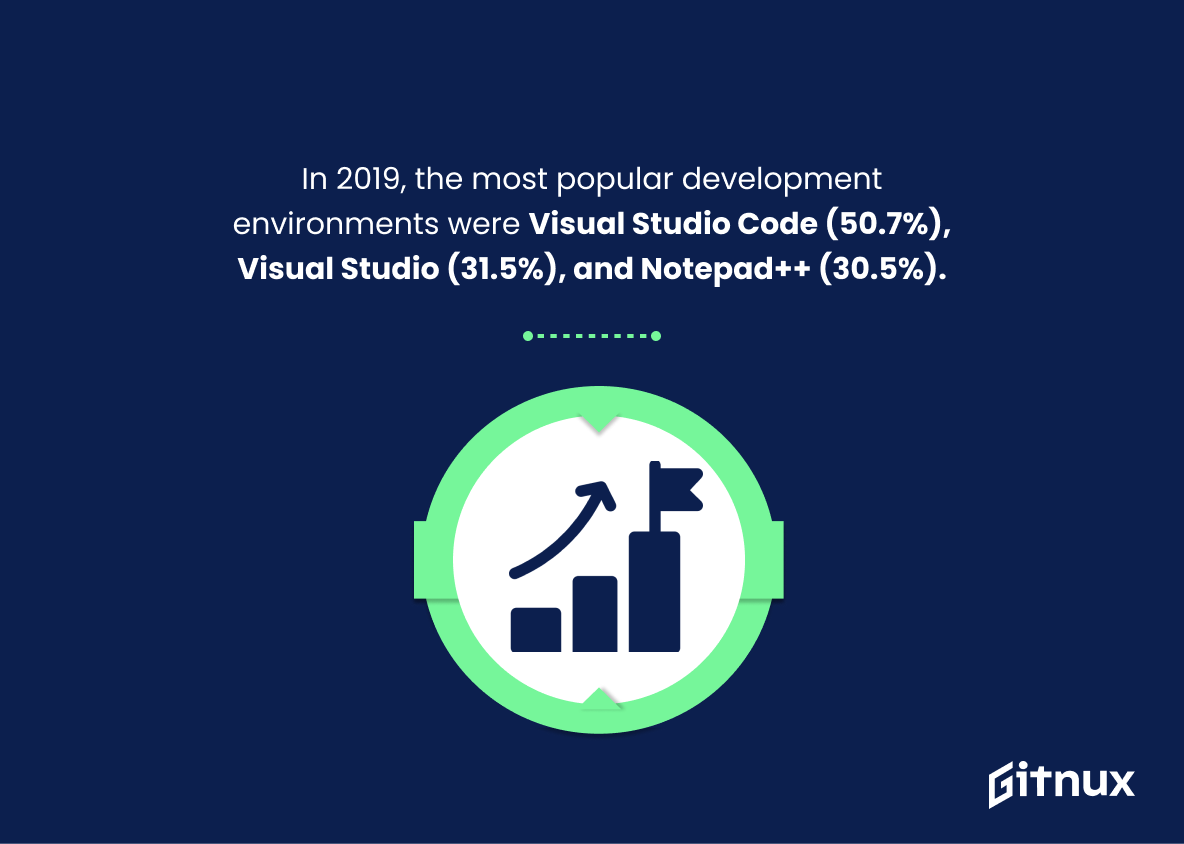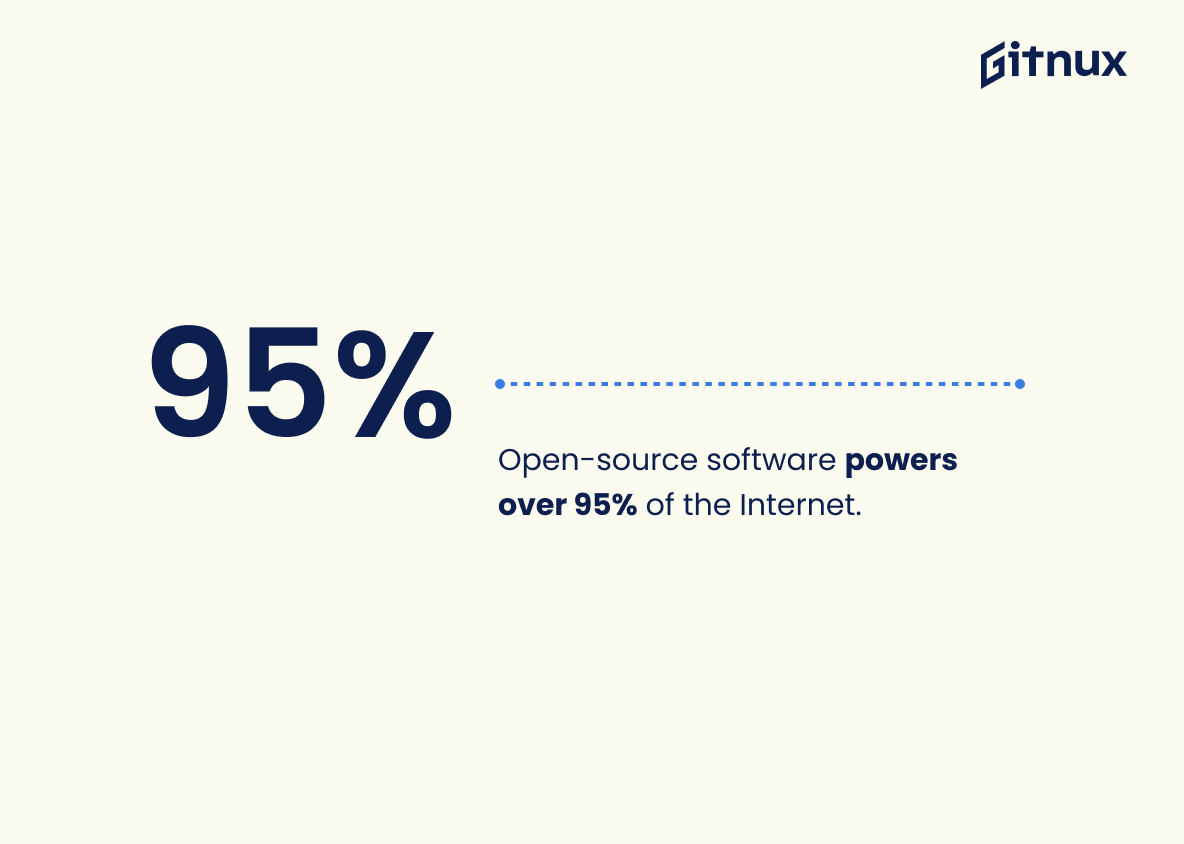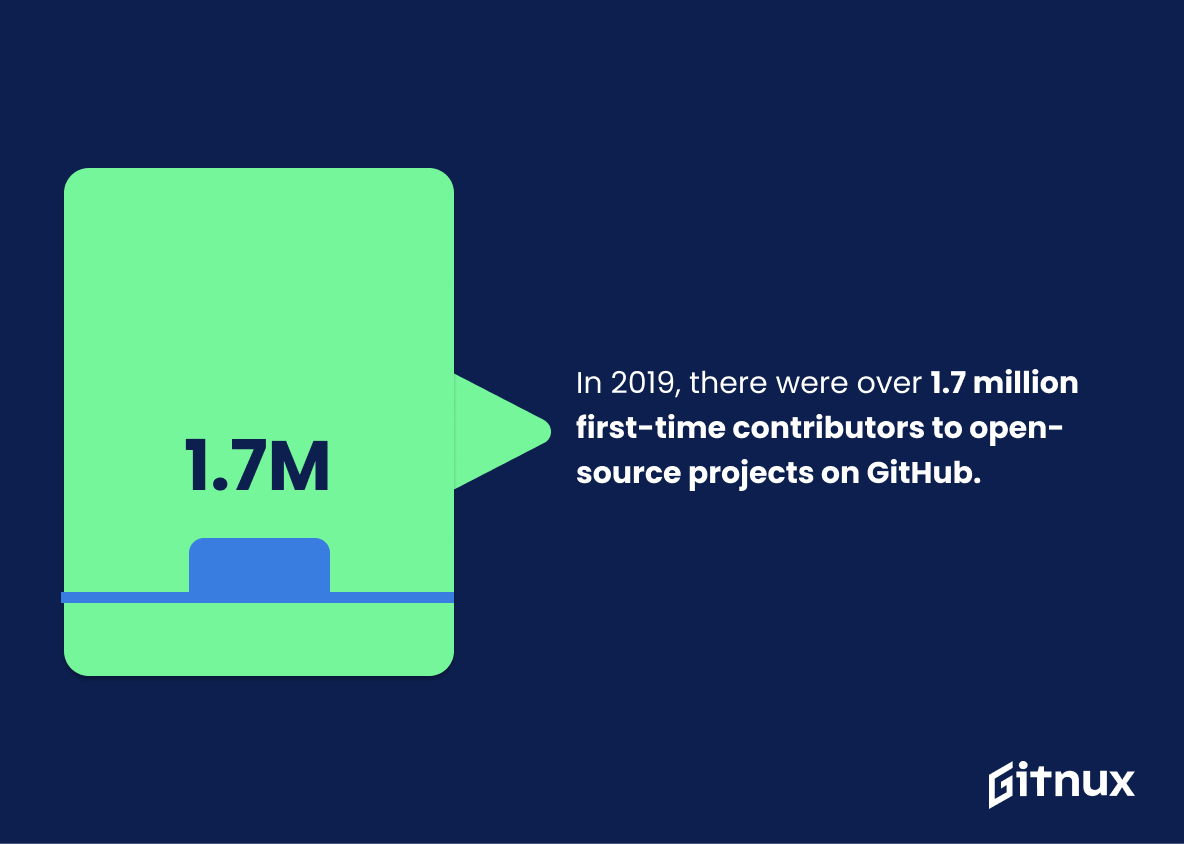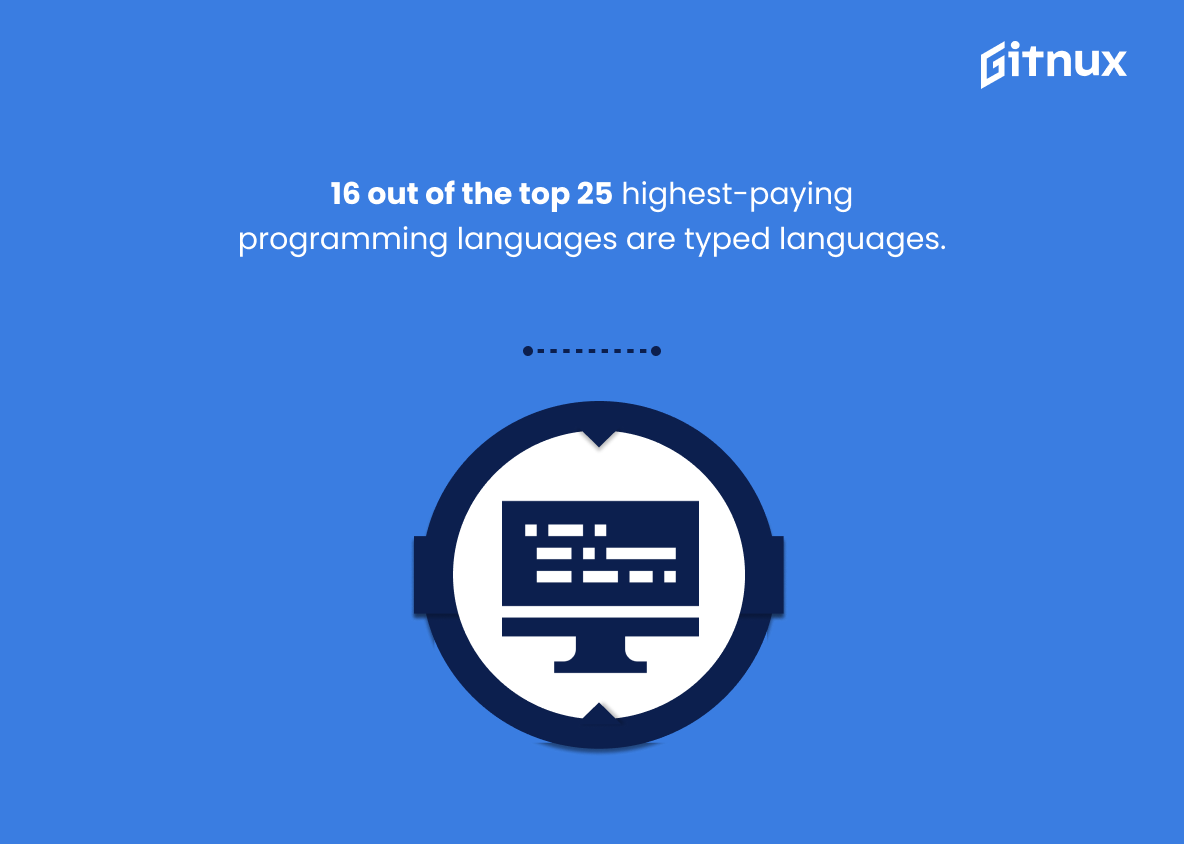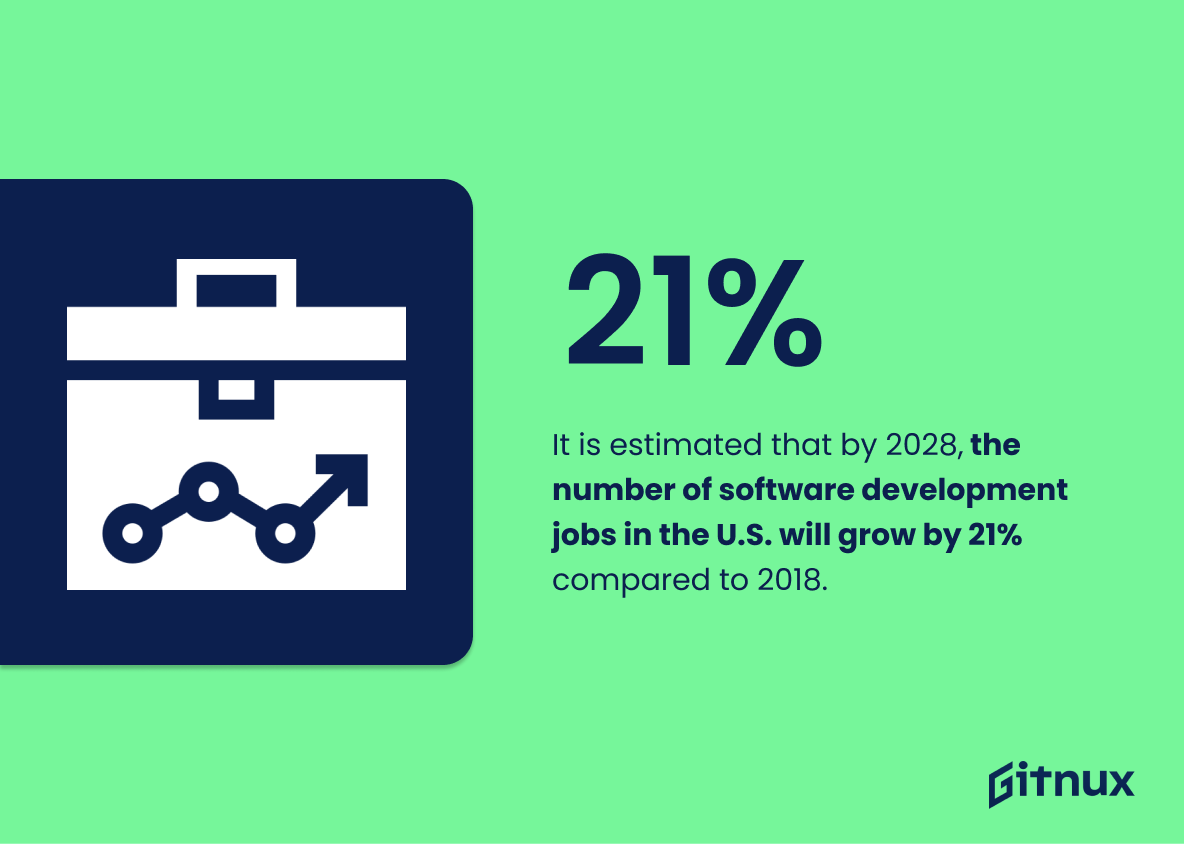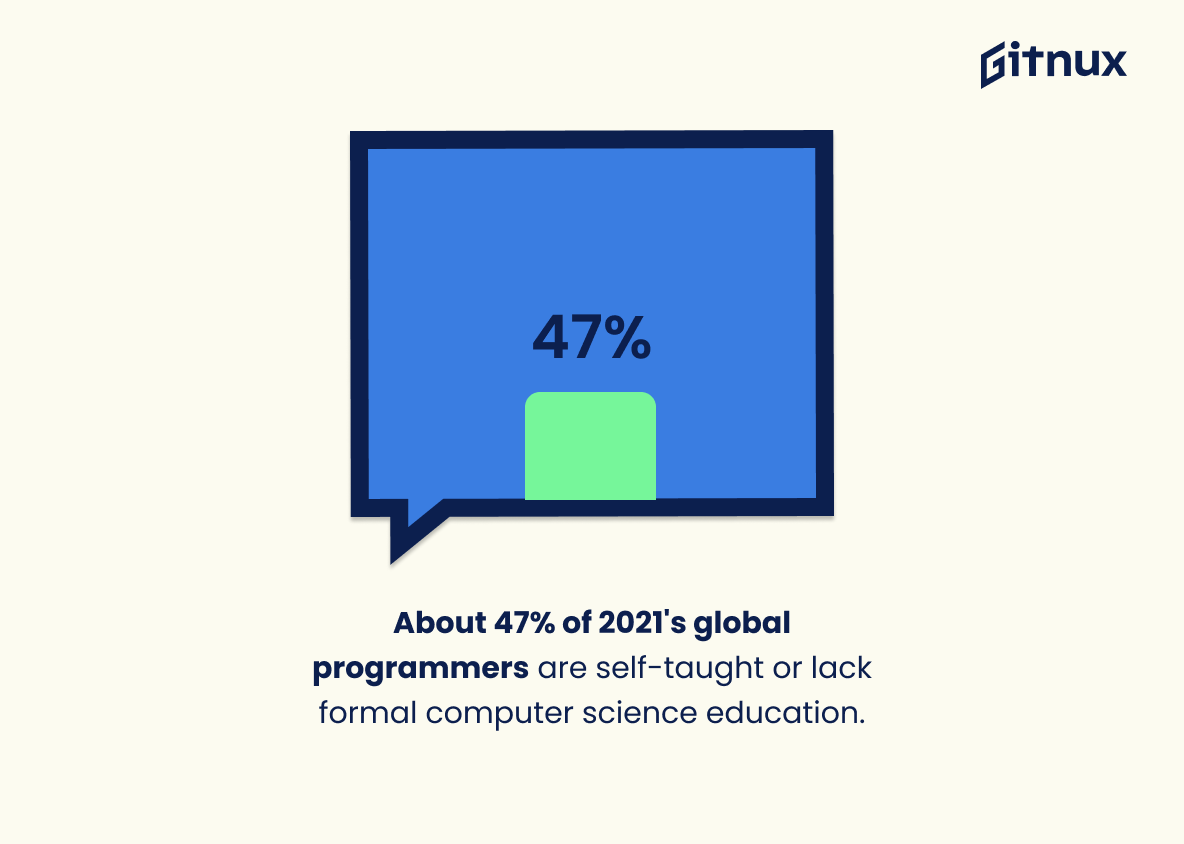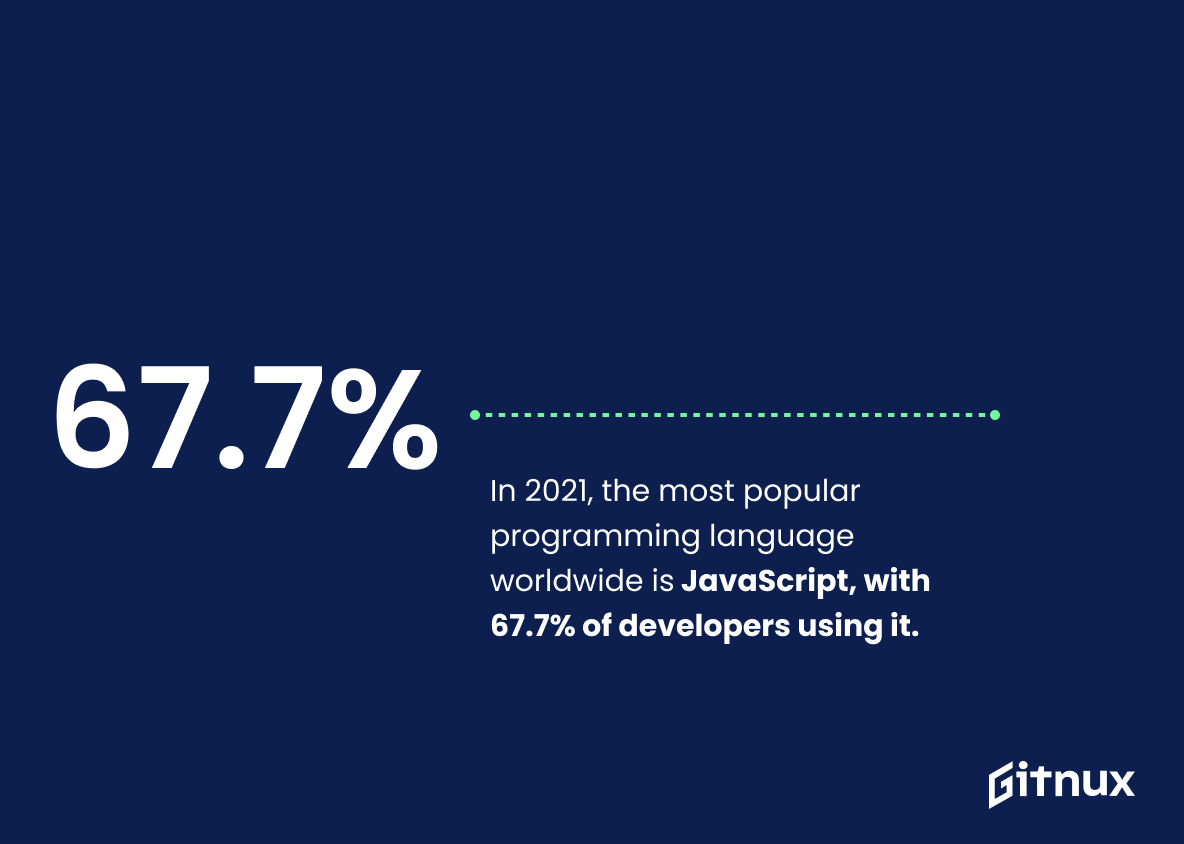Coding is increasingly vital in the digital industry. 58% of jobs in this sector now require coding skills, a demand growing 50% faster than the overall job market. JavaScript is the top programming language, used by 51.7% of programmers, with Python’s popularity growing by 21%.
Software developers, with an average global salary of $54,509, are in high demand, totaling 26 million worldwide in 2021. Yet, only 34% of workers feel their primary education prepared them for coding careers, and 74% of girls overlook these careers due to early exposure gaps.
In the U.S., 310,000 software development jobs were open in 2020. AI and machine learning positions saw a 344% increase on Indeed from 2015-2019. Open source projects are crucial, with 95% of the internet running on such software. In 2019, GitHub saw 1.7 million new contributors. Of the top 25 highest paying programming languages, 16 are typed, indicating the field’s lucrative potential. By 2028, software developer jobs are expected to grow by 21%. Interestingly, 47% of programmers globally are self-taught or lack a formal computer science degree.
Let’s take a closer look at the most important statistics about coding and software development.
This statistic is a telling indication of the importance of coding skills in the digital industry. It highlights the need for individuals to have a strong understanding of coding in order to be competitive in the job market. This statistic is a valuable piece of information for anyone looking to break into the digital industry, as it emphasizes the importance of having coding skills.
The demand for coding skills has grown 50% faster than the demand for overall jobs in the past decade.
This statistic is a testament to the increasing importance of coding skills in the modern job market. It highlights the fact that coding is no longer a niche skill, but rather a necessary tool for success in many industries. This statistic is a powerful reminder that those who invest in learning coding skills now will be well-positioned to take advantage of the growing demand for coding skills in the future.
Coding Statistics Overview
In 2019, 51.7% of programming languages used were based on JavaScript.
This statistic is significant in the context of coding statistics as it highlights the prevalence of JavaScript-based programming languages. It demonstrates that JavaScript is a popular choice for coding, and that it is a language that many coders are familiar with. This is important to consider when discussing coding statistics, as it provides insight into the coding landscape and the languages that are most commonly used.
According to Developers Survey, Python was the fastest growing programming language in 2019, with a 21% growth rate.
This statistic is a testament to the increasing popularity of Python as a programming language. It highlights the fact that Python is becoming more and more widely used, and that its growth rate is outpacing other languages. This is an important point to consider when discussing coding statistics, as it shows that Python is a language that is worth investing in and learning.
In 2021, there were approximately 26.9 million software developers worldwide.
This statistic is a testament to the sheer magnitude of the coding industry. It highlights the sheer number of software developers around the world, and the sheer potential of the coding industry. It also serves as a reminder of the importance of coding in the modern world, and the need for more people to learn coding skills. This statistic is a powerful reminder of the importance of coding and the potential of the coding industry.
74% of girls do not consider a career in computer science due to a lack of exposure to coding during pre-college years.
This statistic is a stark reminder of the importance of exposing young people to coding during their pre-college years. Without this exposure, girls are missing out on the opportunity to explore a career in computer science, which could lead to a wide range of rewarding and lucrative opportunities. It is essential that we take steps to ensure that all students, regardless of gender, have access to coding education and resources.
In 2019, the most popular development environments were Visual Studio Code (50.7%), Visual Studio (31.5%), and Notepad++ (30.5%).
This statistic is significant in the context of a blog post about Coding Statistics as it provides insight into the most popular development environments used by coders. It is important to understand which development environments are most popular as this can help coders decide which environment to use for their projects. Additionally, this statistic can be used to compare the usage of different development environments over time, allowing coders to track trends in the coding world.
Over 8 billion devices worldwide have Java installed.
This statistic is a testament to the ubiquity of Java, demonstrating its widespread use and acceptance as a programming language. It is a powerful indicator of the impact Java has had on the coding world, and its importance in the development of software and applications. This statistic is a reminder of the importance of Java in the coding world, and its continued relevance in the modern age.
Over 70% of the top 10 million websites use PHP as a server-side programming language.
This statistic is a testament to the power of PHP as a server-side programming language. It shows that the majority of the most successful websites rely on PHP to power their websites, making it a reliable and popular choice for web developers. This statistic is especially relevant to a blog post about coding statistics, as it provides a clear indication of the current trends in web development.
Open-source software powers over 95% of the Internet.
This statistic is a testament to the power of open-source software, demonstrating its immense influence on the Internet. It highlights the importance of coding and the impact it has on the world, as open-source software is used to power the majority of the Internet. This statistic is a reminder of the importance of coding and its potential to shape the future of the Internet.
In 2019, there were over 1.7 million first-time contributors to open-source projects on GitHub.
This statistic is a testament to the power of open-source projects on GitHub. It shows that coding is becoming increasingly accessible to people of all backgrounds and skill levels, and that the open-source community is growing rapidly. This is an encouraging sign for the future of coding, as it suggests that more people are becoming involved in coding and contributing to the development of new technologies.
16 out of the top 25 highest-paying programming languages are typed languages.
This statistic is significant in the context of coding statistics because it highlights the importance of typed languages in the programming world. Typed languages are often more reliable and secure than untyped languages, and the fact that 16 out of the top 25 highest-paying programming languages are typed languages indicates that employers are willing to pay more for the added security and reliability that typed languages provide.
It is estimated that by 2028, the number of software development jobs in the U.S. will grow by 21% compared to 2018.
This statistic is significant in the context of a blog post about Coding Statistics because it provides insight into the future of the software development industry. It indicates that the demand for software developers is expected to increase significantly over the next decade, which could have a major impact on the job market and the economy as a whole. Additionally, it could be used to encourage more people to pursue coding as a career, as the potential for job growth is promising.
An estimated 47% of computer programmers globally in 2021 are self-taught or have no formal education in computer science.
This statistic is a powerful reminder of the potential of self-taught coders and the importance of coding education. It highlights the fact that, despite the lack of formal education, a large portion of computer programmers are able to develop their skills and become successful in the field. This statistic is a testament to the power of self-learning and the importance of coding education in the modern world.
In 2021, the most popular programming language worldwide is JavaScript, with 67.7% of developers using it.
This statistic is significant in the context of a blog post about Coding Statistics as it provides a snapshot of the current state of the programming language landscape. It highlights the prevalence of JavaScript, demonstrating its dominance in the coding world and its importance for developers to be familiar with.
Conclusion
The statistics presented in this blog post demonstrate the growing demand for coding skills and software development jobs. The data shows that programming languages such as JavaScript, Python, Java, PHP are some of the most popularly used languages worldwide.
Additionally, it is estimated that by 2028 there will be a 21% increase in software developer job postings compared to 2018. Furthermore, computer programming has become one of the most popular ways to freelance with 8% of all freelancers being programmers or software developers. These figures highlight how important coding skills have become across various industries and suggest an increasing need for individuals who possess these abilities going forward into 2021 and beyond.
References
0. – https://www.bls.gov
1. – https://www.burning-glass.com
2. – https://www.doi.org
3. – https://www.insights.stackoverflow.com
4. – https://www.w3techs.com
5. – https://www.pearson.com
6. – https://www.globalknowledge.com
7. – https://www.opensource.org
8. – https://www.oracle.com
9. – https://www.octoverse.github.com
10. – https://www.daxx.com
11. – https://www.stackoverflow.blog
12. – https://www.developer.mozilla.org
ZipDo, cited June 2023: Coding Statistics
